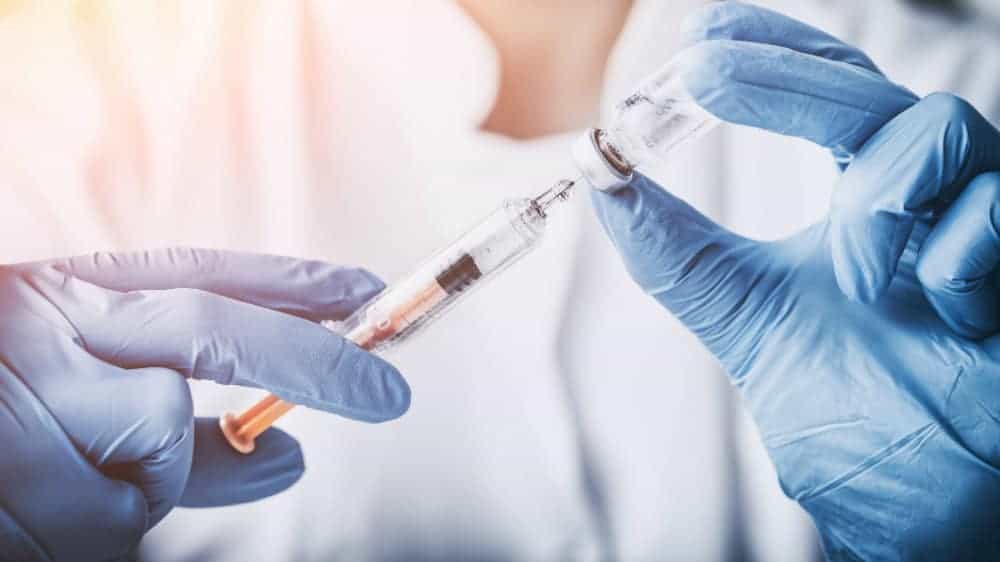Since I last wrote about why I am a buyer of GlaxoSmithKline (LSE:GSK) shares, their price has risen by about 8%. The Glaxo stock price is, however, still down about 14% over the last 12 months. There is also the fact that it is trading at early 2018 prices.
It looks like the GlaxoSmithKline share price swings between about 1,300p and 1,750p. Glaxo has paid a steady 80p dividend since 2015, so the dividend yield has swung between 6% and 4%. It appears that dividend yield is important to Glaxo shareholders.
GlaxoSmithKline dividend cut
When looking for answers to why the GlaxoSmithKline share price broke through the 1,300p level and has not started to make its usual turnaround, I need only to look to recent dividend news.
Glaxo expects to pay an 80p dividend in 2021. However, a new policy is being put into action from 2022 onwards. Management has warned shareholders that aggregate dividend payments will likely fall. The analyst consensus estimate for the 2022 Gaxo dividend is 67p. And, it will be an aggregate dividend because Glaxo plans to split into two companies in 2022.
GlaxoSmithKline split
Big shareholders in Glaxo have argued that selling toothpaste has little in common with making vaccines and prescription drugs. Now it appears their wish has been granted. Glaxo is set to split into two companies in 2022. The first, dubbed ‘New Glaxo’, will be a biopharma company. The second will be the consumer healthcare business.
The consumer healthcare business is a cash cow. Once separated, it can be leveraged to a more appropriate capital structure. Free of the cash-hungry biopharma business dividends have scope to increase.
The New Glaxo will get a cash injection and rid itself of a chunk of debt. The New Glaxo is likely to be a riskier company without the steady cash flows of the consumer healthcare business and will be spending heavily on R&D; dividends will likely be negligible and uncertain for some time.
Repricing GlaxoSmithKline shares
Of the 99 profitable pharmaceutical companies worth more than £1bn domiciled in G7 economies, Glaxo has the ninetieth lowest price-to-earnings ratio at 11. Post-split, I believe the consumer healthcare business could be priced more in line with consumer brands companies like Unilever and Reckitt Benckiser, who trade at 22 and 46 times earnings, respectively.
New Glaxo will be the beneficiary of a concerted effort to ramp up R&D and acquisitions over recent years. For example, New Glaxo will inherit a potentially game-changing long-acting HIV medicine that has been approved in the US and the ‘adjuvant’ technology platform that boosts responses to vaccinations. It might be late to the party, but Glaxo is collaborating on several coronavirus vaccines that, if approved, will be in demand for some time. I can see the New Glaxo benefitting from a repricing to a growth-orientated company. There are plans
If Glaxo can restructure and hive off two new businesses without letting costs mount up, then I believe I will be a happy investor in the long term. The aggregate risk probably increases with the two new companies. But, I have confidence that the Glaxo share price can break the cycle of bouncing between prices that imply a four to six per cent dividend yield by splitting in two.







